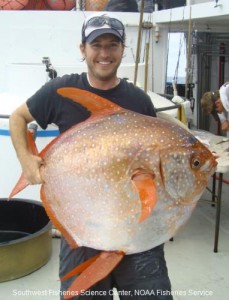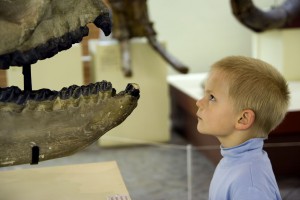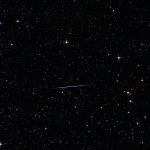 This week we travel to outer space, the Final Frontier, to catch a glimpse of the Southern Delta Aquarid Meteor Shower. But don’t worry, you don’t have to leave your backyard. Just grab a blanket and find a place without too much light pollution, and you’ll be able to catch a glimpse of this worldwide phenomenon.
This week we travel to outer space, the Final Frontier, to catch a glimpse of the Southern Delta Aquarid Meteor Shower. But don’t worry, you don’t have to leave your backyard. Just grab a blanket and find a place without too much light pollution, and you’ll be able to catch a glimpse of this worldwide phenomenon.
The Southern Delta Aquarid Meteor Shower is an annual summer occurrence that spans July and August, but this weekend marks its nominal peak in activity. From July 26th through August 1st, give or take a couple of days because nature is lovably fickle, we can expect a maximum hourly rate of 15-20 meteors. That might not sound like much, but a special angle of atmospheric entry gives Delta Aquarid meteors long, lingering trails that seriously set this shower apart.
Most meteor showers are created by comets. As a comet circles our Sun, it sheds a rocky dust stream along its orbit. When Earth travels through this space litter, the result is a meteor shower. Astronomers believe that the Southern Delta Aquarids originated from the breakup of two sungrazing comets, Marsden and Kracht.
Shooting stars, as they’re lovingly called, can appear anywhere in the sky, but if you trace the tails it becomes clear that each shower has a definite epicenter. The showers are named after these radiant points, taking the name of the constellation dominating that particular region of the sky. The Delta Aquarids, as you can probably guess, pay homage to the constellation Aquarius. Look for the star Skat within the “water bearer” constellation, the point where Delta Aquari meteors are born.
For every time zone and all continents, the hours between midnight and dawn will be the best time to glimpse these brief celestial bodies. Those of you in the southern hemisphere and southerly latitudes in the northern hemisphere will get a better show, as is typical with this particular shower, though all observers are bound to see activity. Unfortunately, this year the waning crescent moon rises around midnight and will drown out dimmer meteors. But we’ll still see the big ones, and those are arguably the most thrilling.
Meteors are really just bits of interplanetary debris traveling tens of thousands of miles per hour, igniting as they vaporize in Earth’s upper atmosphere, but they sure are pretty. For a preview, take a look at this video of last year’s meteor shower, filmed August 2 by Canadian Geographic.
Like this:
Like Loading...
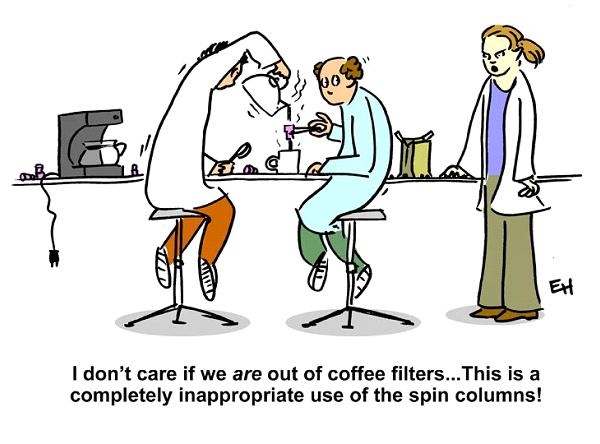
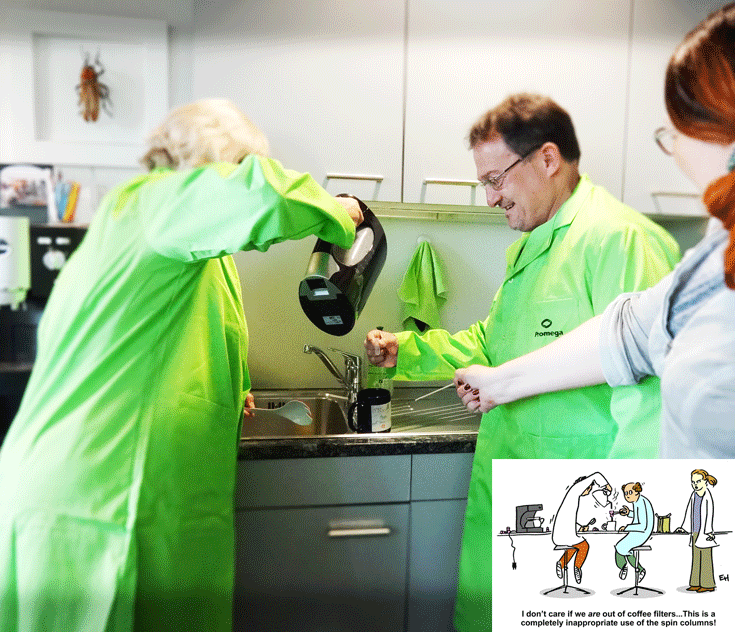
 Back to school! We’re experiencing a cold snap this week, and my kids are complaining that it shouldn’t be this cold on the last week of summer! I agree, but I’m so excited that school is back! I’m a full-time working mom, but the stresses of summer are hard. My kids aren’t on schedules, there is always some party/event/BBQ, and trying to fit in a summer vacation. I’m tired just thinking about it! Especially in Wisconsin, where we don’t have the best weather in the winter so we try to soak it all up in the summer.
Back to school! We’re experiencing a cold snap this week, and my kids are complaining that it shouldn’t be this cold on the last week of summer! I agree, but I’m so excited that school is back! I’m a full-time working mom, but the stresses of summer are hard. My kids aren’t on schedules, there is always some party/event/BBQ, and trying to fit in a summer vacation. I’m tired just thinking about it! Especially in Wisconsin, where we don’t have the best weather in the winter so we try to soak it all up in the summer.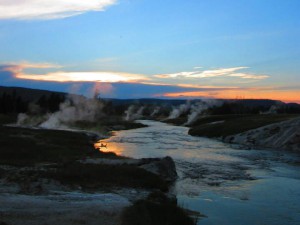
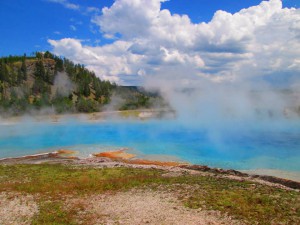
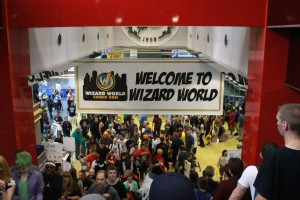 Let’s put a little fiction in our science this week and take a look at the upcoming Wizard World Comic Con in Chicago. It’s one of the biggest in the U.S., typically drawing an crowd of around 50,000 throughout the weekend. This year the Chicago event takes place August 20th through August 23rd at the Donald E. Stephenson Center in Rosemont, Illinois.
Let’s put a little fiction in our science this week and take a look at the upcoming Wizard World Comic Con in Chicago. It’s one of the biggest in the U.S., typically drawing an crowd of around 50,000 throughout the weekend. This year the Chicago event takes place August 20th through August 23rd at the Donald E. Stephenson Center in Rosemont, Illinois.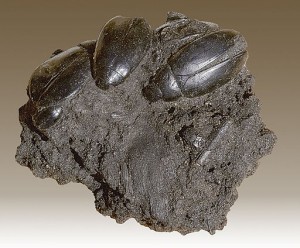
 This week we travel to outer space, the Final Frontier, to catch a glimpse of the Southern Delta Aquarid Meteor Shower. But don’t worry, you don’t have to leave your backyard. Just grab a blanket and find a place without too much light pollution, and you’ll be able to catch a glimpse of this worldwide phenomenon.
This week we travel to outer space, the Final Frontier, to catch a glimpse of the Southern Delta Aquarid Meteor Shower. But don’t worry, you don’t have to leave your backyard. Just grab a blanket and find a place without too much light pollution, and you’ll be able to catch a glimpse of this worldwide phenomenon.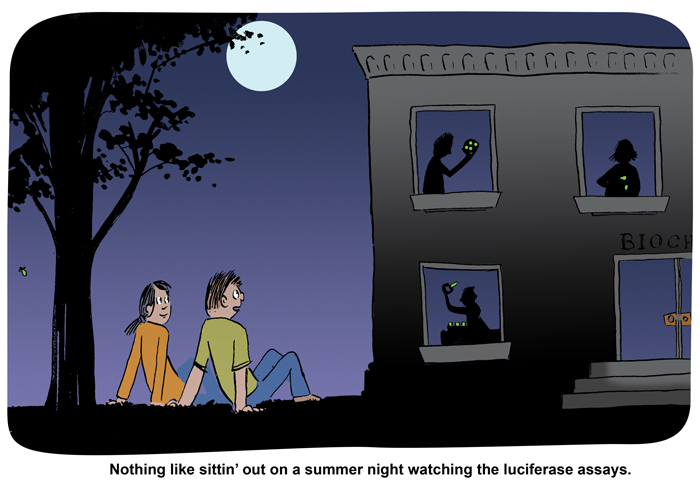
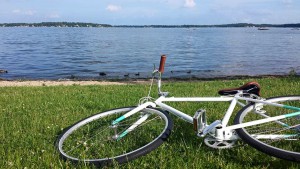 As many Wisconsinites can attest, staying active in Wisconsin during the winter months can be incredibly challenging. Even walking from your car to the gym might cause your eyes to water and fingers to go numb from the cold. It is no wonder that when given the chance to snuggle up on a warm couch or to go for a run in the brisk weather this winter, I chose the former.
As many Wisconsinites can attest, staying active in Wisconsin during the winter months can be incredibly challenging. Even walking from your car to the gym might cause your eyes to water and fingers to go numb from the cold. It is no wonder that when given the chance to snuggle up on a warm couch or to go for a run in the brisk weather this winter, I chose the former. 